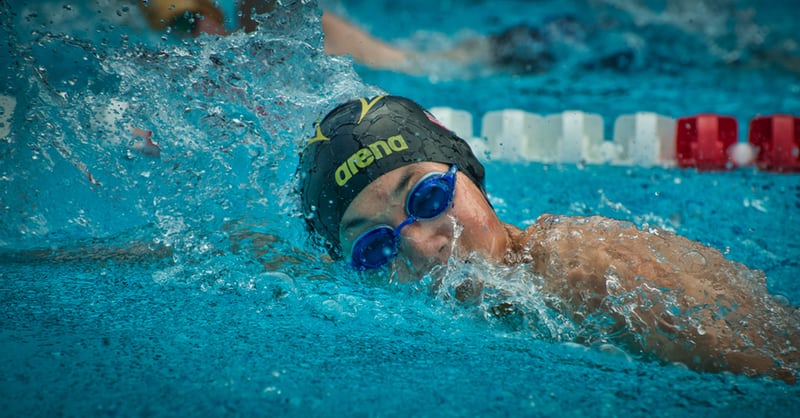Name: It belongs to you.
Image: None like yours (unless you’re an identical twin).
Likeness: Artist draws a picture of someone with long curly hair pulled back with a distinctive headband that looks like you.
Those things make your brand. They identify you better than any publicity or PR campaign could.
When we say that what you, as a college athlete, do on and off the field follows you, you might assume that while you have a responsibility to represent your university and team, you are the boss of your face. Not according to the NCAA in 2019.
Therein lies a years-long PR problem for college athletics’ governing body. A decade or more ago when details of NCAA scholarships became a frequent conversation topic — that college athletes could not profit from their own face, jersey number impression on a mug or even a talent off the field — it stood out as the most puzzling of any restriction noted in the megazillion-page NCAA rules book.
Student-athletes began to question name-image-likeness language in the mid-to-late ’90s and ever since, the association said it would look into modifying aspects of scholarship rules so that in addition to earning a college education, athletes could have a little spending cash for a meal outside the training table or even save for a trip home.

Last week it came to a head when California governor Gavin Newsom signed a bill called “Fair Pay to Play Act” which beginning in 2023, would return names, images and likenesses to their owners. Other states quickly followed with proposals of their own, all while megamillionaire coaches and the NCAA criticized these moves for their potential to turn college athletes into paid professionals.
But-but-but the free education — While student-athletes’ benefits are certainly top-of-mind with Fair Pay to Play, one of the biggest reasons the NCAA is still losing the public relations battle is that it has a history of diverting attention from issues of the day and putting them off for years. Decades even. There’s little argument that talented athletes who earn scholarships for college educations are worth their weight in gold. Scholarship athletes get room and board. Many have 24/7 meal options, which incidentally, didn’t come to be until student-athletes started to rumble about not having a few dollars for a meal after the dining hall closed.
Other scholarship students may sell lessons or wares — There is that basic right of doing what other scholarship students can do. If a chemistry student on scholarship wants to slap a formula on a mug with her name and sell it on eBay, she won’t lose her tuition. If a physics student creates a new method of whatever physics students create and want to sell it to a corporation, he doesn’t lose his scholarship. If a college volleyball player is invited to teach skills to kids at a birthday party in exchange for a few dollars, she runs afoul of current NCAA rules.
O’Bannon opened the door — Former UCLA basketball star Ed O’Bannon started the fight and in 2009 and won in court. While his case and others created ripples that continue to this day, it didn’t return rights to the men and women who own their faces, it did provide them full cost of attendance, which the NCAA also fought against for years. It further awarded scholarship athletes with a monthly stipend which when reading quotes from hierarchy, seemed more painful than it should have been from an organization that raked in more than a billion dollars last year.
It’s the optics for the NCAA. They don’t look good when it argues a student-athlete can’t earn mad money while it swims in mega-buck revenues.
It looks as if only way the NCAA recovers PR goodwill from its take on giving student-athletes name-image-likeness freedom is quickly create an association-wide rule that provides young talent with like options. There’s been enough procrastination and dillydallying. It’s time for the NCAA to do more than issue statements and release new publicity campaigns. If it doesn’t take action to return name, image and likeness rights to the people who were born to protect them, others will do it for them, as we’ve seen. And the association will only have itself to blame if it’s on the outside looking in as college athletics thrive.
###
©Gail Sideman, gpublicity.com 2019